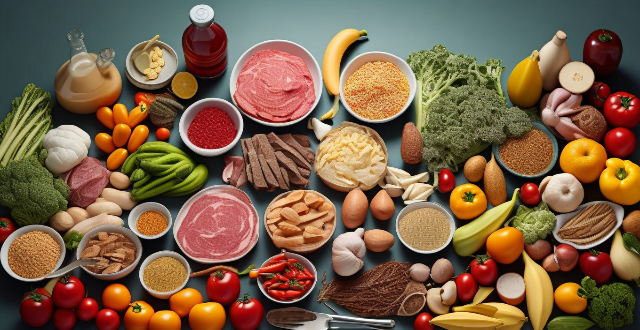Food safety is crucial in the food service industry to ensure that the food served is safe and free from harmful contaminants. Restaurants and food service establishments can maintain food safety through proper handling and storage of food, cleaning and sanitizing equipment and surfaces, cooking and reheating food to safe temperatures, training staff on food safety practices, and implementing a Hazard Analysis and Critical Control Points (HACCP) plan. These measures help prevent cross-contamination, control hazards in the food production process, and provide customers with safe and delicious meals.

Measures for Maintaining Food Safety in Restaurants and Food Service Establishments
Food safety is a critical aspect of the food service industry. It ensures that the food served to customers is safe to eat and free from any harmful bacteria or contaminants. Here are some measures that restaurants and other food service establishments can take to maintain food safety:
1. Proper Handling and Storage of Food
Proper handling and storage of food are essential to prevent cross-contamination and ensure that the food remains fresh and safe to eat.
* Wash hands frequently, especially before handling food, after using the restroom, and after coughing or sneezing.
* Use separate cutting boards for raw meats and vegetables to avoid cross-contamination.
* Store food at appropriate temperatures, with cold foods kept below 40°F (4°C) and hot foods above 140°F (60°C).
2. Cleaning and Sanitizing Equipment and Surfaces
Cleaning and sanitizing equipment and surfaces is crucial to prevent the growth of harmful bacteria and ensure a clean working environment.
* Clean and sanitize all equipment, utensils, and surfaces regularly, including cutting boards, countertops, and cooking equipment.
* Use appropriate cleaning agents and follow the manufacturer's instructions for use.
* Rinse equipment and surfaces thoroughly with clean water after cleaning.
3. Cooking and Reheating Food to Safe Temperatures
Cooking and reheating food to safe temperatures is essential to kill any harmful bacteria present in the food.
* Use a food thermometer to check the internal temperature of cooked food, ensuring it has reached the recommended temperature for safety.
* Reheat leftovers to an internal temperature of 165°F (74°C) to kill any bacteria that may have grown during storage.
* Avoid overcooking or undercooking food, as both can lead to health hazards.
4. Training Staff on Food Safety Practices
Training staff on food safety practices is crucial to ensure that all employees understand the importance of maintaining food safety and follow proper procedures.
* Conduct regular training sessions on food safety practices for all staff members.
* Ensure that staff members understand the importance of personal hygiene, such as washing hands frequently and covering coughs and sneezes.
* Train staff on proper handling and storage of food, cleaning and sanitizing equipment and surfaces, and cooking and reheating food to safe temperatures.
5. Implementing a Hazard Analysis and Critical Control Points (HACCP) Plan
Implementing a HACCP plan is a systematic approach to identifying, evaluating, and controlling hazards in the food production process.
* Identify potential hazards in the food production process, such as contamination from raw materials or improper handling.
* Establish critical control points where hazards can be controlled or eliminated.
* Monitor critical control points regularly to ensure compliance with established standards.
* Establish corrective actions to be taken if a deviation from established standards occurs.
By following these measures, restaurants and other food service establishments can maintain food safety and provide their customers with safe and delicious meals.